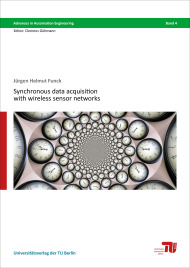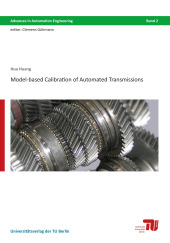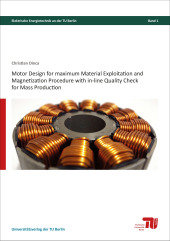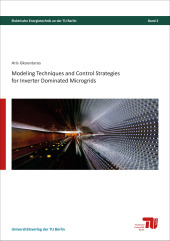Synchronous data acquisition with wireless sensor networks

Format: 17,0 x 24,0 cm
Publishing year: 2018
Wireless sensor networks (WSN) are predicted to play a key role in future technological developments like the internet of things. Already they are beginning to be used in many applications not only in the scientific and industrial domains. One of the biggest challenges, when using WSN, is to fuse and evaluate data from different sensor nodes. Synchronizing the data acquisition of the nodes is a key enabling factor for this. So far research has been focused on synchronizing the clocks of the nodes, largely neglecting the implications for the actual measurement results. This thesis investigates the relation between synchronization accuracy and quality of measurement results. Two different classes of time synchronous data acquisition are investigated: event detection and waveform sampling. A model is developed that describes a WSN as a generic multi-channel data acquisition system, thus enabling direct comparison to other existing systems. With the help of this model it is shown, that synchronization accuracy should best be expressed as uncertainty of the acquired timing information. This way, not only the contribution of the synchronization to the overall measurement uncertainty can be assessed, but also the synchronization accuracy required for an application can be estimated. The insights from the uncertainty analysis are used to develop two distinct approaches to synchronous data acquisition: a proactive and a reactive one. It is shown that the reactive approach can also be used to efficiently implement synchronous angular sampling, i.e. data acquisition synchronous to the rotation of a machine”s shaft. Furthermore, testing methods are suggested, that evaluate the synchronized data acquisition of an existing WSN as a whole. These methods can be applied to other data acquisition systems without changes, thus enabling direct comparisons. The practical realization of a WSN is described, on which the developed data acquisition methods have been implemented. All implementations were thoroughly tested in experiments, using the suggested testing methods. This way it was revealed, that a system”s interrupt handling procedures may have a strong influence on the data acquisition. Furthermore, it was shown that the effective use of fixed-point arithmetic enables synchronous angular sampling in real-time during a streaming measurement. Finally, two application examples are used to illustrate the utility of the implemented data acquisition: the acoustic localization of two sensor nodes on a straight line and a simple order tracking at an induction motor test bench.



